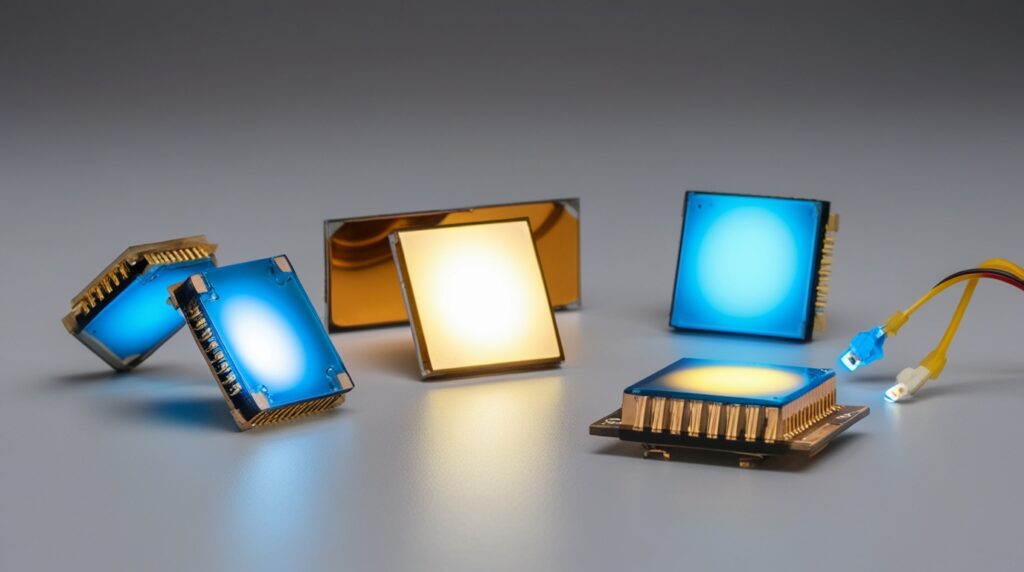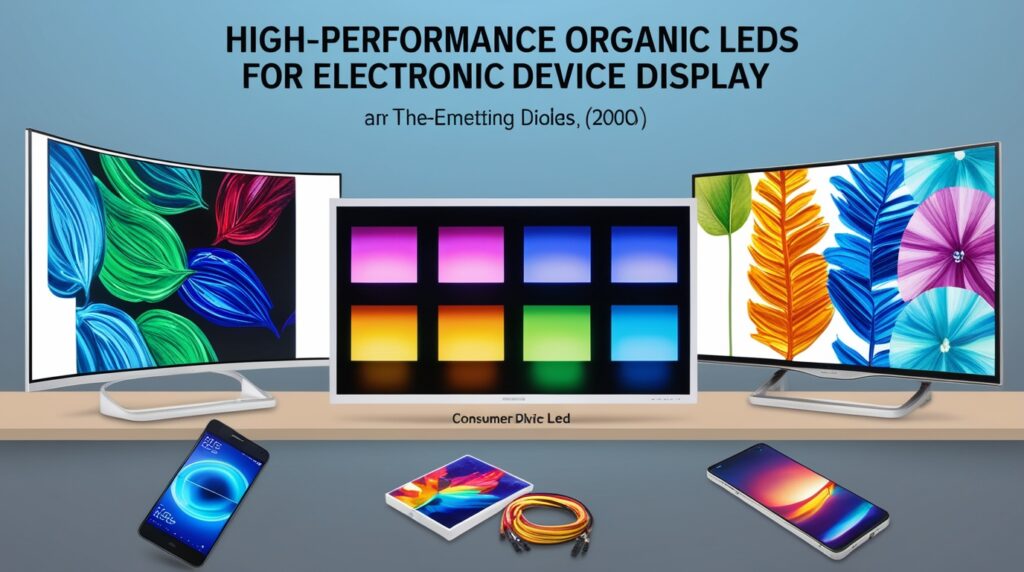Perovskite Light-Emitting Diodes (PeLEDs)
Introduction Perovskite light-emitting diodes (PeLEDs) represent a groundbreaking advancement in optoelectronics, leveraging the unique properties of perovskite materials to produce highly efficient light-emitting devices. Emerging in the early 2010s, PeLEDs have gained attention due to their remarkable luminescence and tunable emission spectra, leading to their potential application in next-generation displays, lighting, and flexible electronics. Their significance is underscored by a rapid increase in research and development, which positions PeLEDs as a promising alternative to traditional light-emitting technologies like organic LEDs (OLEDs) and inorganic semiconductors. The notable advantages of PeLEDs include their high photoluminescence quantum yields (PLQY), ease of fabrication through solution-based processes, and the capability to produce vibrant colors across a […]

